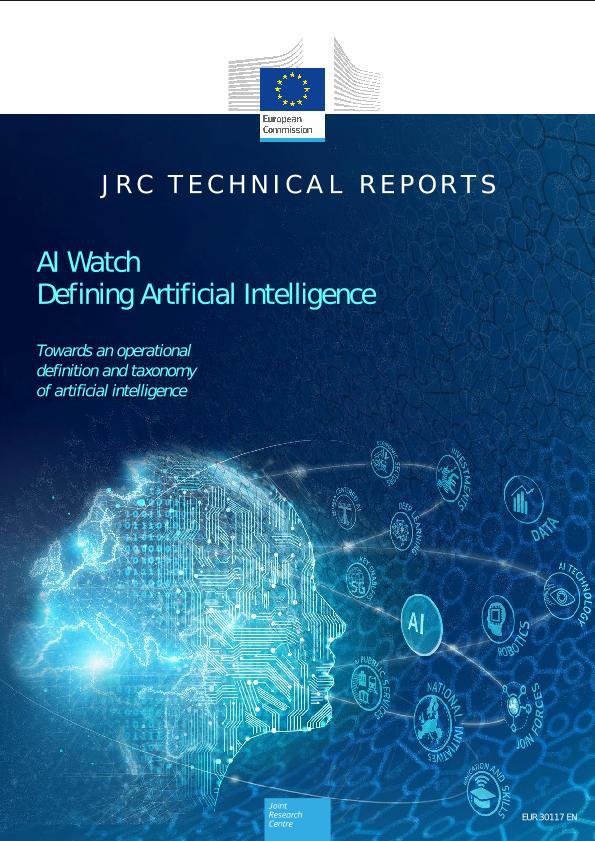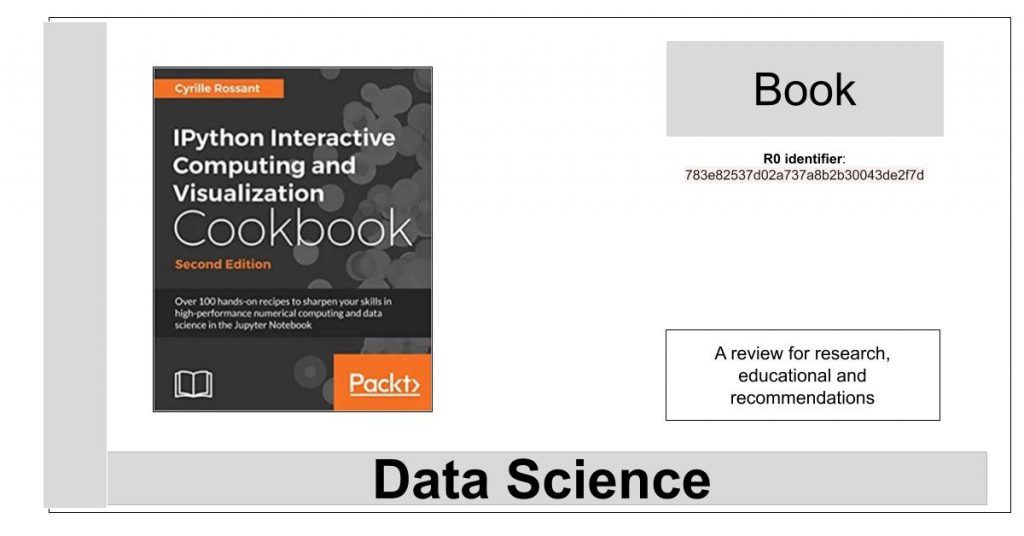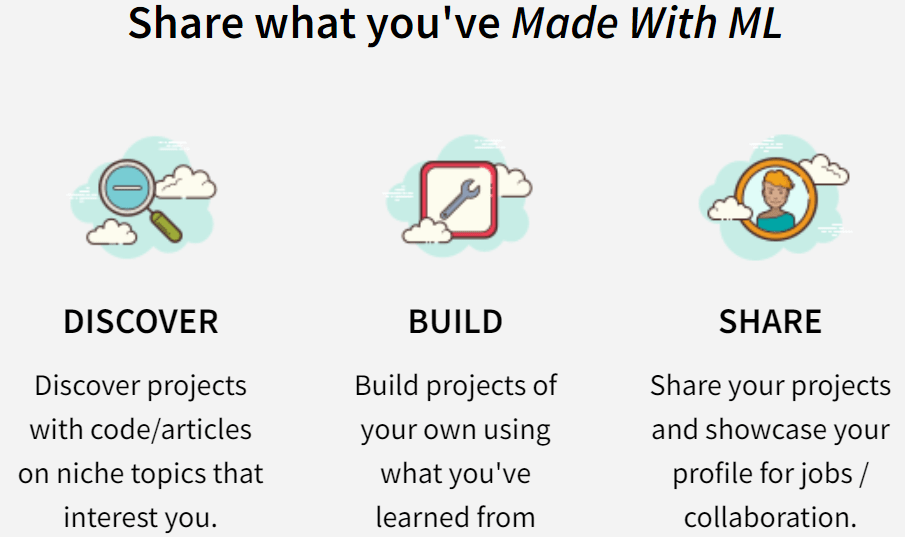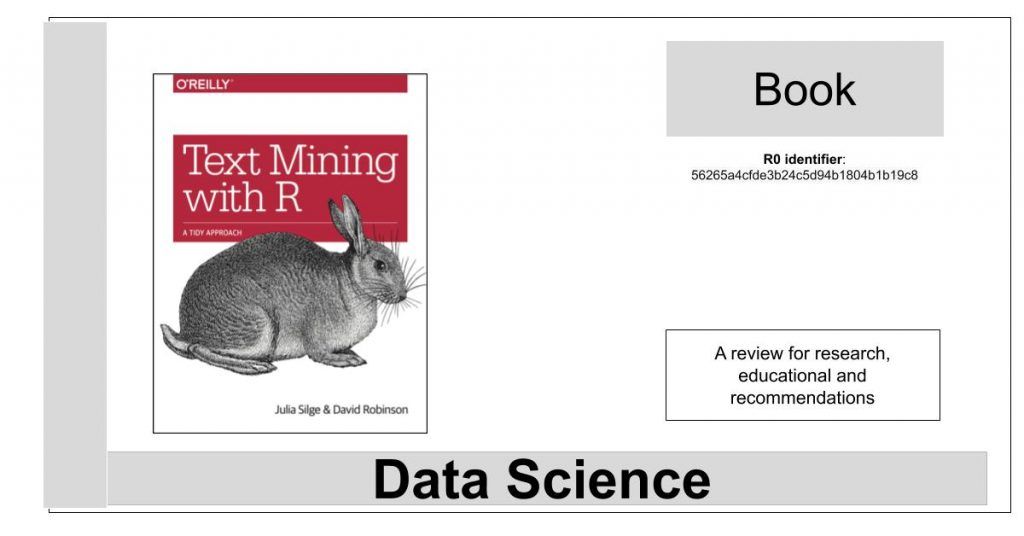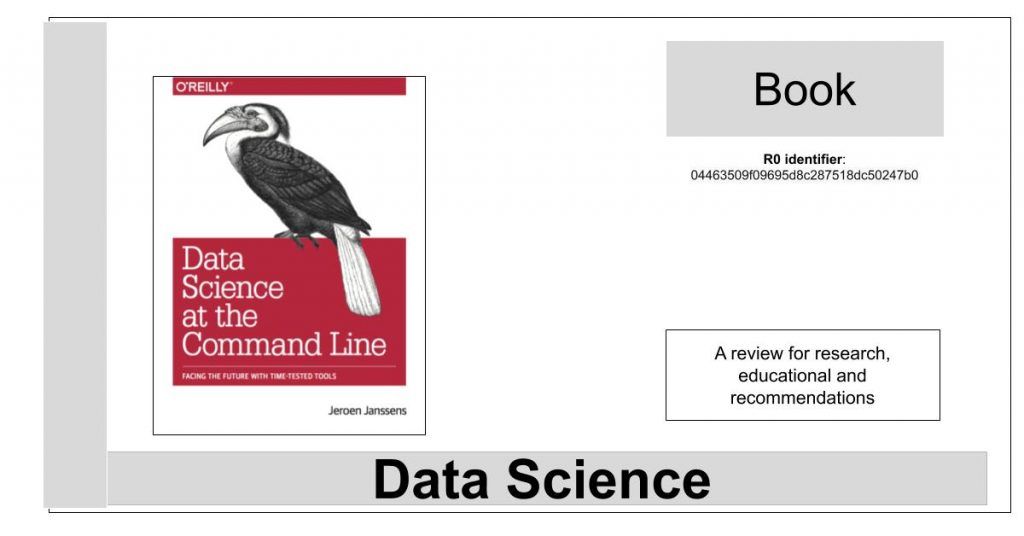Investigación | 🇬🇧 Research
Defining Artificial Intelligence |🇪🇸 Definiendo Inteligencia Artificial
The starting point to develop the operational definition is the definition of AI adopted by the High Level Expert Group on artificial intelligence. To derive this operational definition we have followed a mixed methodology. On one hand, we apply natural language processing methods to a large set of AI literature. On the other hand, we carry out a qualitative analysis on 55 key documents including artificial intelligence definitions from three complementary perspectives: policy, research and industry.
Advanced R
Advanced R helps you understand how R works at a fundamental level. It is designed for R programmers who want to deepen their understanding of the language, and programmers experienced in other languages who want to understand what makes R different and special. This book will teach you the foundations of R; three fundamental programming paradigms (functional, object-oriented, and metaprogramming); and powerful techniques for debugging and optimising your code.
IPython Interactive Computing and Visualization Cookbook
IPython Interactive Computing and Visualization Cookbook, Second Edition contains many ready-to-use, focused recipes for high-performance scientific computing and data analysis, from the latest IPython/Jupyter features to the most advanced tricks, to help you write better and faster code.
Made With ML
Main website: madewithml.com Summary Made With ML is a platform for the ML community to discover, build and share projects. Our goal is to create a learning space where all of the best ML content is tagged, organized and curated. And as you use the platform and learn, we guide you through building projects and …
Text Mining with R (A Tidy Approach)
If you work in analytics or data science, like we do, you are familiar with the fact that data is being generated all the time at ever faster rates. (You may even be a little weary of people pontificating about this fact.) Analysts are often trained to handle tabular or rectangular data that is mostly numeric, but much of the data proliferating today is unstructured and text-heavy. Many of us who work in analytical fields are not trained in even simple interpretation of natural language.
We developed the tidytext (Silge and Robinson 2016) R package because we were familiar with many methods for data wrangling and visualization, but couldn’t easily apply these same methods to text.
Data Science at the Command Line
Today, data scientists can choose from an overwhelming collection of exciting technologies and programming languages. Python, R, Hadoop, Julia, Pig, Hive, and Spark are but a few examples. You may already have experience in one or more of these. If so, then why should you still care about the command line for doing data science? What does the command line have to offer that these other technologies and programming languages do not?
Stanza – una biblioteca de Python NLP para muchos idiomas humanos
El diseño del kit de herramientas permite trabajar en paralelo entre más de 70 idiomas, utilizando el formalismo de Dependencias Universales. Stanza está construido con componentes de red neuronal de alta precisión, que también permiten una capacitación y evaluación eficientes con sus propios datos anotados.
Open Research Dataset (CORD-19): Semantic Scholar has partnered with leading research groups to release the COVID-19
The Allen Institute just published the #covid19 open research #dataset. In addition, they are sponsoring a related Kaggle competition. The dataset contains almost 30k scholarly articles related to the virus. The goal is to use #NLP to advance our understanding.
Artificial Intelligence in Society
“The artificial intelligence (AI) landscape has evolved significantly from 1950 when Alan Turing first posed the question of whether machines can think. Today, AI is transforming societies and economies. It promises to generate productivity gains, improve well-being and help address global challenges, such as climate change, resource scarcity and health crises. Yet, as AI applications are adopted around the world, their use can raise questions and challenges related to human values, fairness, human determination, privacy, safety and accountability, among others. This report helps build a shared understanding of AI in the present and near-term by mapping the AI technical, economic, use case and policy landscape and identifying major public policy considerations. It is also intended to help co-ordination and consistency with discussions in other national and international fora”. (OECD)

